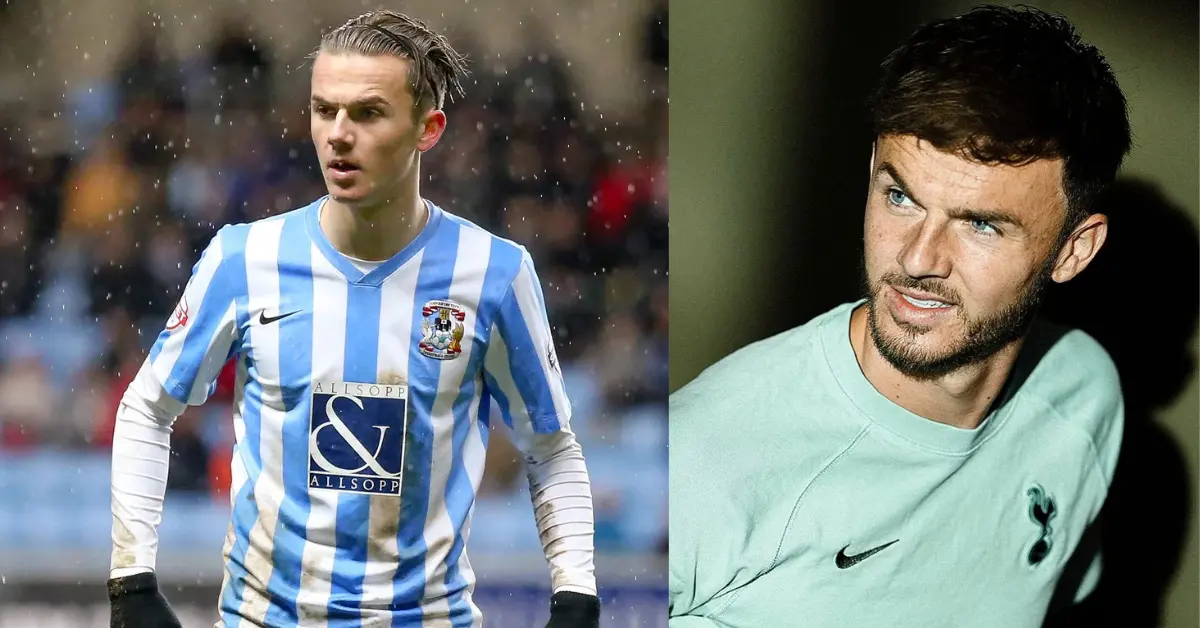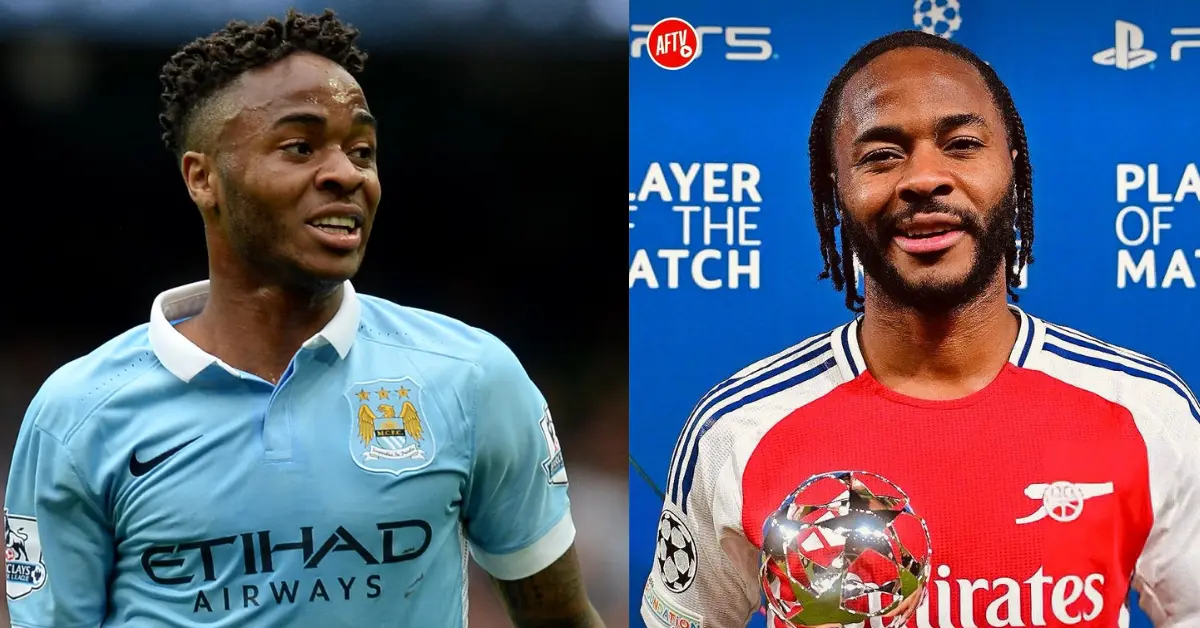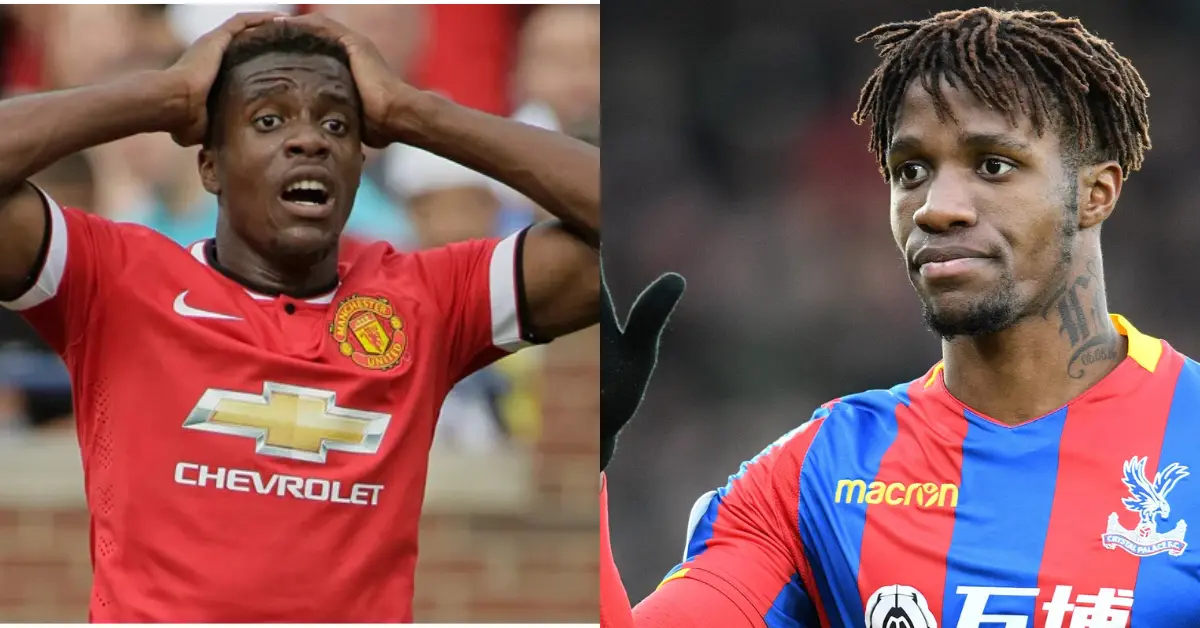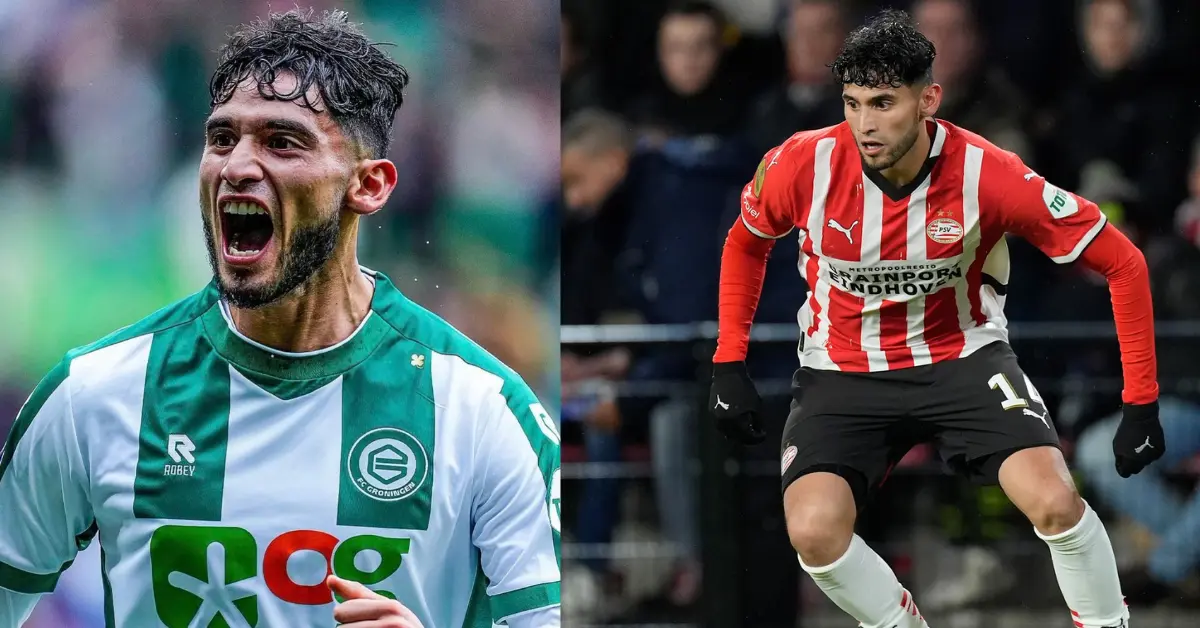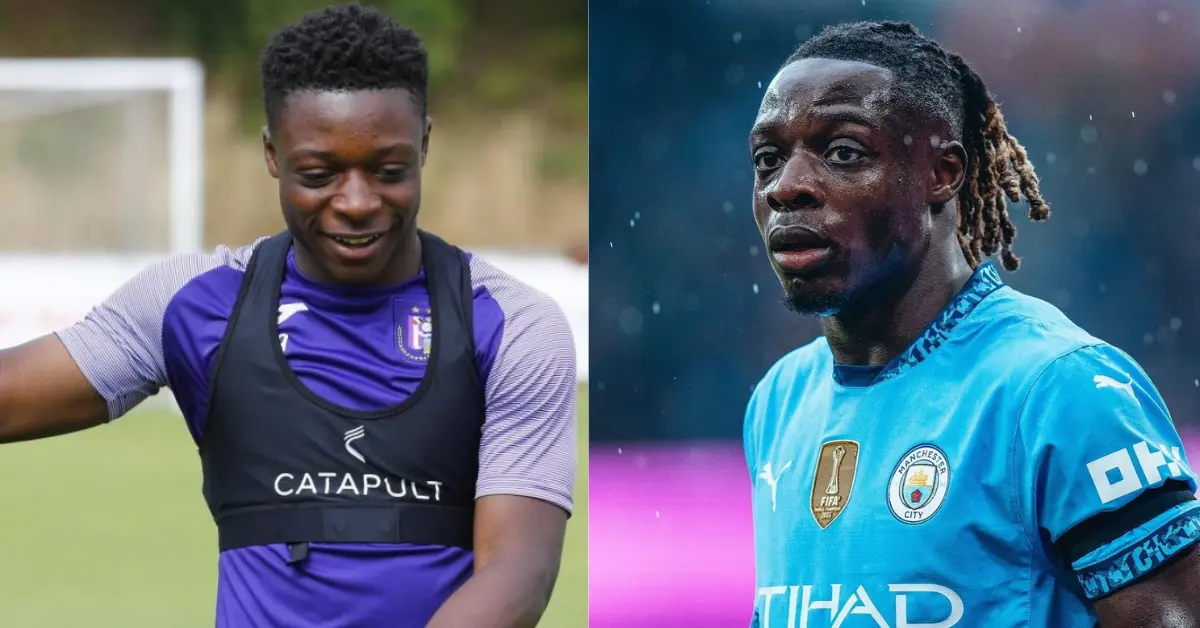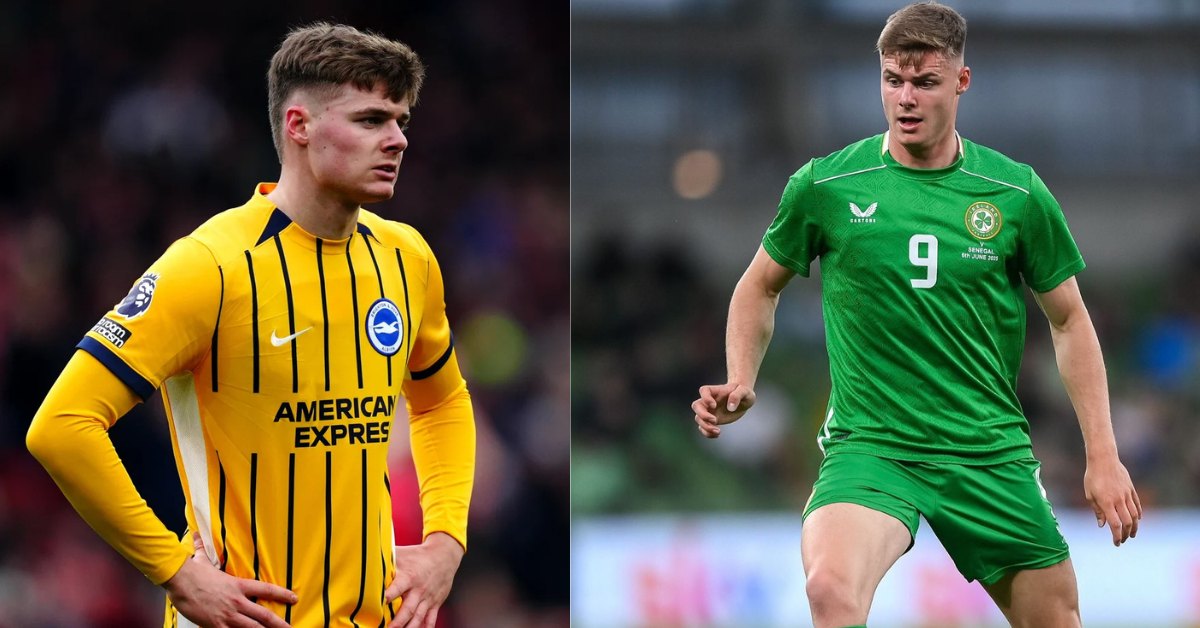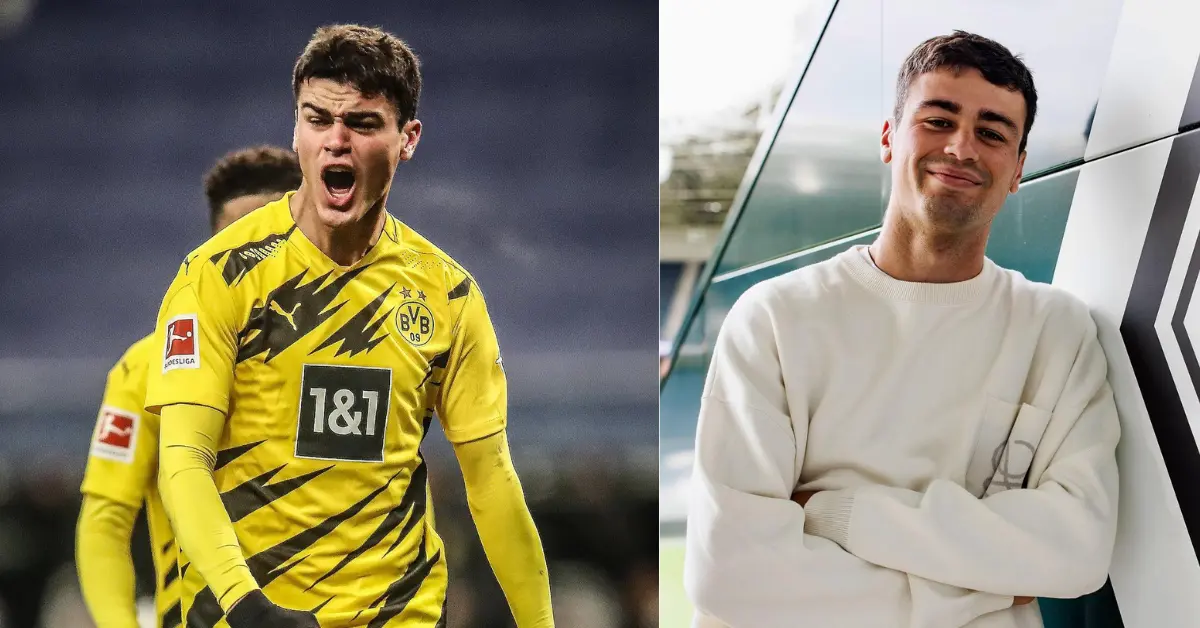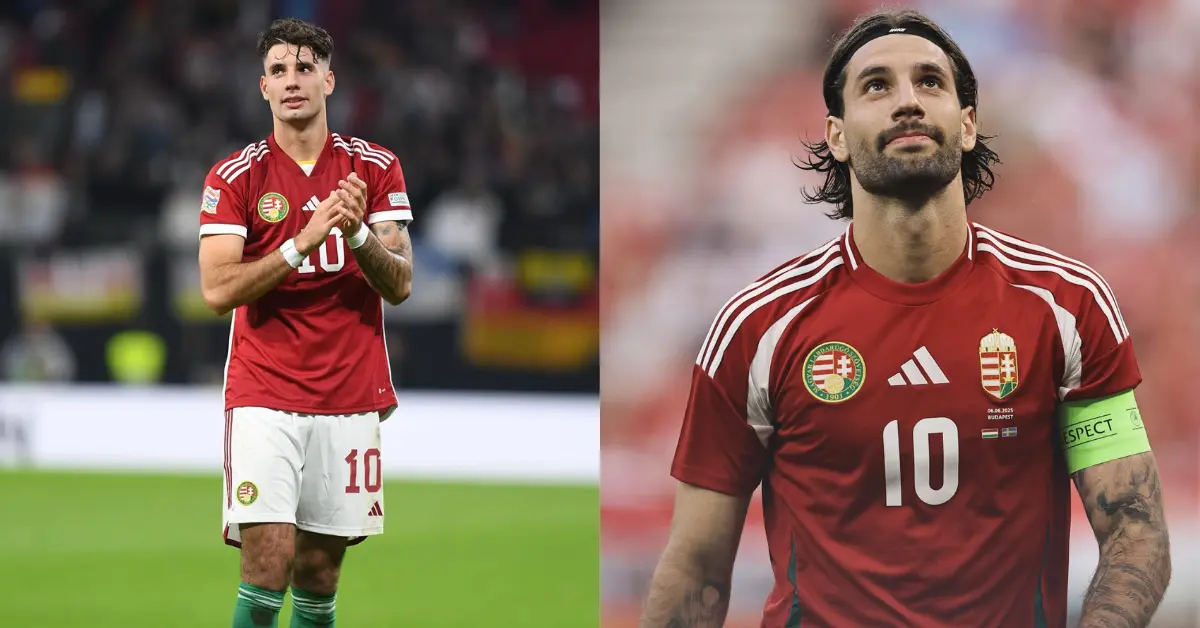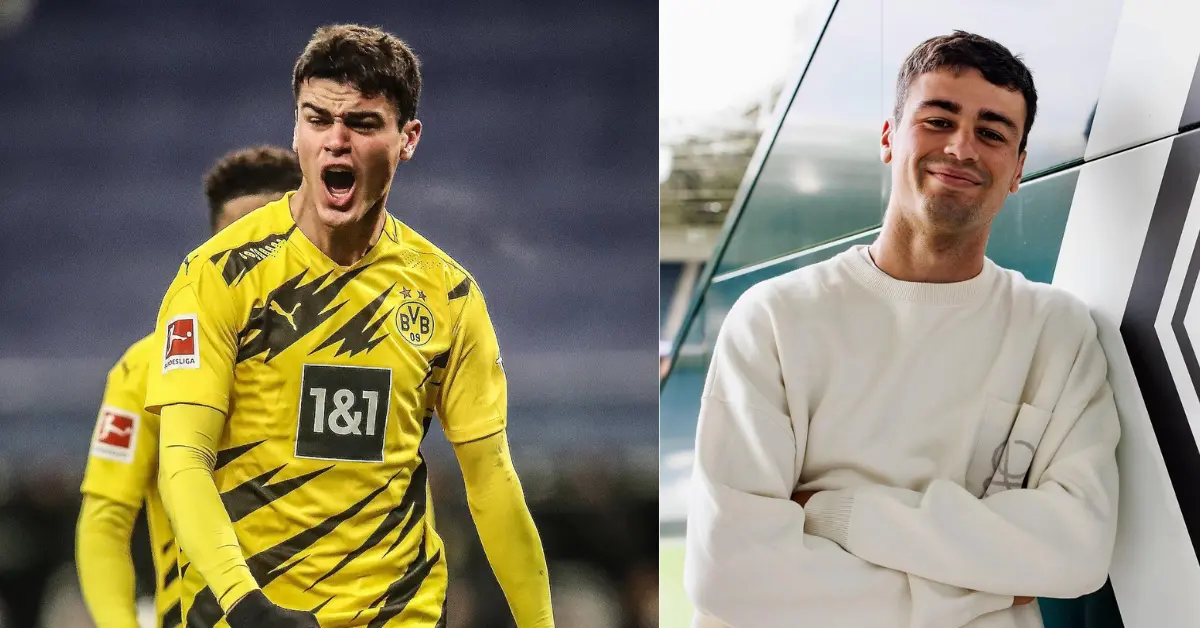Takefusa Kubo Then and Now
As the football world enters 2025, few players embody the fusion of technical brilliance, youthful ambition, and global ambition quite like Takefusa Kubo.
Once dubbed the “Japanese Messi” as a teenage prodigy, Kubo has evolved from a highly-touted wonderkid into a key figure at Real Madrid, a leader for the Japan national team, and a symbol of Asian excellence on the world stage.
With his dazzling dribbling, footballing intelligence, and relentless work ethic, Takefusa Kubo’s journey—from Yokohama to the Santiago Bernabéu—is not just a personal triumph, but a landmark moment for football in Asia.
Then: The Prodigy from Yokohama – A Nation’s Hope (2001–2019)
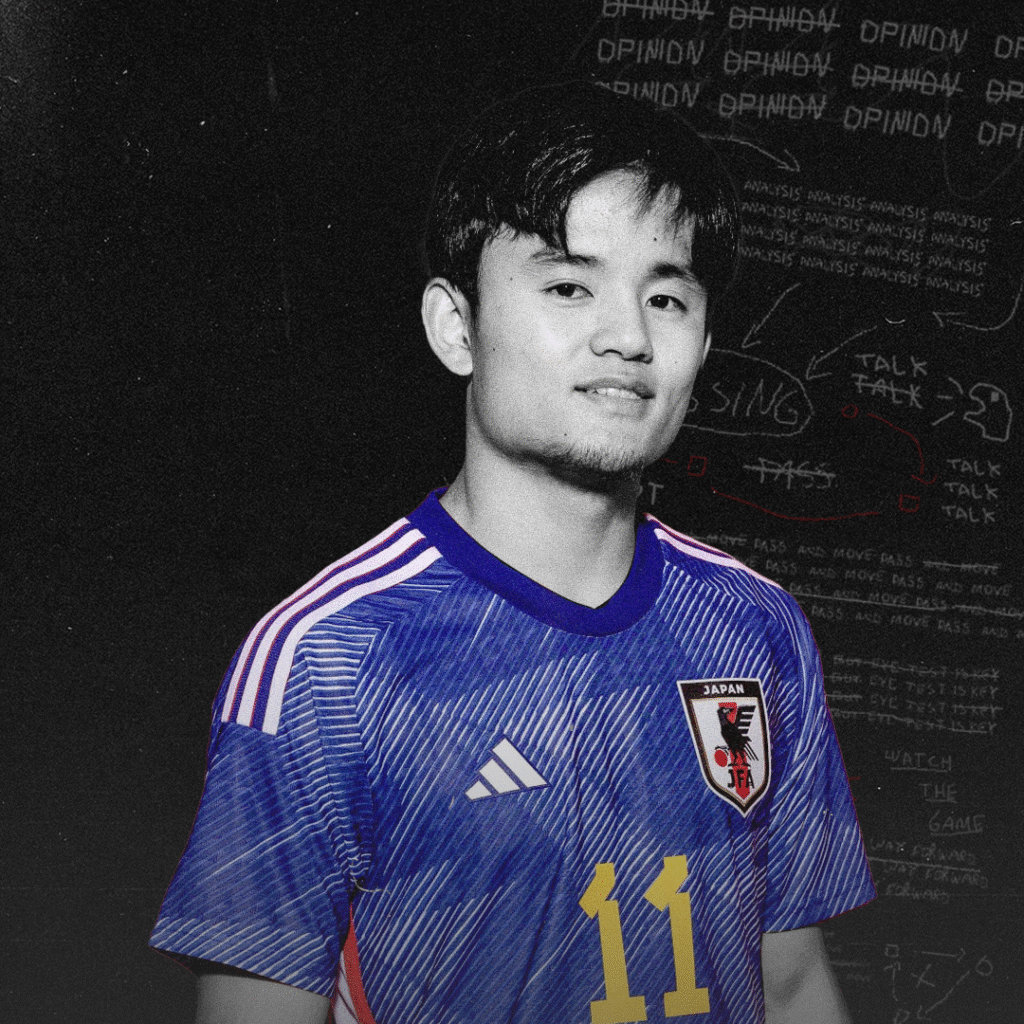
1. Early Life and Football Roots
Born on June 4, 2001, in Yokohama, Japan, Takefusa Kubo fell in love with football at an early age. Inspired by legends like Lionel Messi, Andrés Iniesta, and David Villa, he joined FC Barcelona’s famed youth academy, La Masia, at just 9 years old—one of the youngest foreign players ever to do so.
He spent three formative years (2011–2014) training at La Masia, absorbing the club’s tiki-taka philosophy, technical precision, and emphasis on close control. Though he returned to Japan due to FIFA’s restrictions on international minors, the experience left a lasting imprint on his style.
2. Rise in Japan and Global Attention
Back in Japan, Takefusa Kubo joined FC Tokyo’s youth system, quickly rising through the ranks. At 17 years and 7 months, he made his J1 League debut—becoming one of the youngest players in league history.
His performances were electrifying:
- Scored 8 goals and 5 assists in 30 appearances in his debut season (2019)
- Named J.League Rookie of the Year
- Dubbed the “Japanese Messi” by global media
His combination of low center of gravity, rapid acceleration, and close dribbling reminded fans of the Argentine maestro—earning him viral fame and comparisons that came with both excitement and pressure.
Related: Yassine Bounou Then and Now
The Rise: European Journey and Real Madrid Dream (2019–2023)
1. Signing with Real Madrid – A Dream Realized
In June 2019, after a bidding war involving Barcelona, Liverpool, and Bayern Munich, Real Madrid secured Takefusa Kubo’s signature. The move was symbolic: a young Japanese star joining the most prestigious club in the world.
However, with Zinedine Zidane as manager and a stacked midfield (Modrić, Kroos, Isco, Valverde), Kubo was loaned out to gain experience.
2. Loan Spells – Gaining Maturity
Kubo spent the next few seasons on loan at top European clubs:
- RCD Mallorca (2019–2020): Played 36 games, scored 4 goals, and became a fan favorite for his energy and flair.
- Villarreal CF (2020–2021): Struggled slightly in a tactical system less suited to his style.
- Getafe CF (2021–2022): Adapted to a more physical league, showing improved defensive awareness.
- Real Sociedad (2022–2023): His breakout season—scored 13 goals and 7 assists in La Liga, leading Sociedad to a Champions League qualification.
His performances in San Sebastián silenced critics and proved he could thrive in Spain’s elite league.
Related: Marc-André ter Stegen Then and Now
Now: The Real Madrid Breakthrough (2024–2025)

1. Return to Real Madrid – Seizing His Moment
In summer 2023, after four years of development, Kubo returned to Real Madrid—this time for good. Under Carlo Ancelotti, he was integrated into the first team as a versatile attacking midfielder and wide forward, often playing on the left or as a false nine.
The 2023–2024 season was his coming-of-age campaign:
- Scored 14 goals and 9 assists in all competitions
- Delivered in crucial moments, including a winning goal against Barcelona in El Clásico
- Played a key role in Real Madrid’s La Liga title win and UEFA Champions League semifinal run
By 2024–2025, Kubo had become a regular starter, especially as the club transitioned into a new era post-Bellingham and Benzema.
2. Playing Style and Role in 2025
Now 24 years old, Kubo has evolved into a complete modern attacker:
- Dribbling: Still among the best in Europe—glides past defenders with Messi-like agility
- Vision: Improved passing range and decision-making
- Work rate: Now contributes defensively, pressing intelligently
- Positioning: Thrives in tight spaces, often dropping deep to link play
He frequently partners with Jude Bellingham and Vinícius Júnior, forming a dynamic, youthful attacking trio that blends pace, creativity, and flair.
3. Key Achievements in 2025
By early 2025, Kubo’s resume includes:
- La Liga Champion (2024)
- UEFA Champions League Finalist (2024)
- Real Madrid’s Young Player of the Season (2024)
- Included in the UEFA Champions League Squad of the Season (2023–24)
- Top 30 Ballon d’Or nominee (2024) – the first Japanese player since 2001 to be seriously considered
He is now widely regarded as one of the best Asian players in football history.
Related: Jan Oblak Then and Now
International Career: Captain of the Samurai Blue
1. Japan’s New Leader
After the retirement of veterans like Shinji Kagawa and Yuya Osako, Takefusa Kubo has emerged as the undisputed leader of the Japan national team.
As vice-captain under manager Hajime Moriyasu, he led Japan to:
- Round of 16 at the 2022 FIFA World Cup (scoring against Spain)
- Quarterfinals at the 2023 AFC Asian Cup
- Strong qualification campaign for the 2026 FIFA World Cup
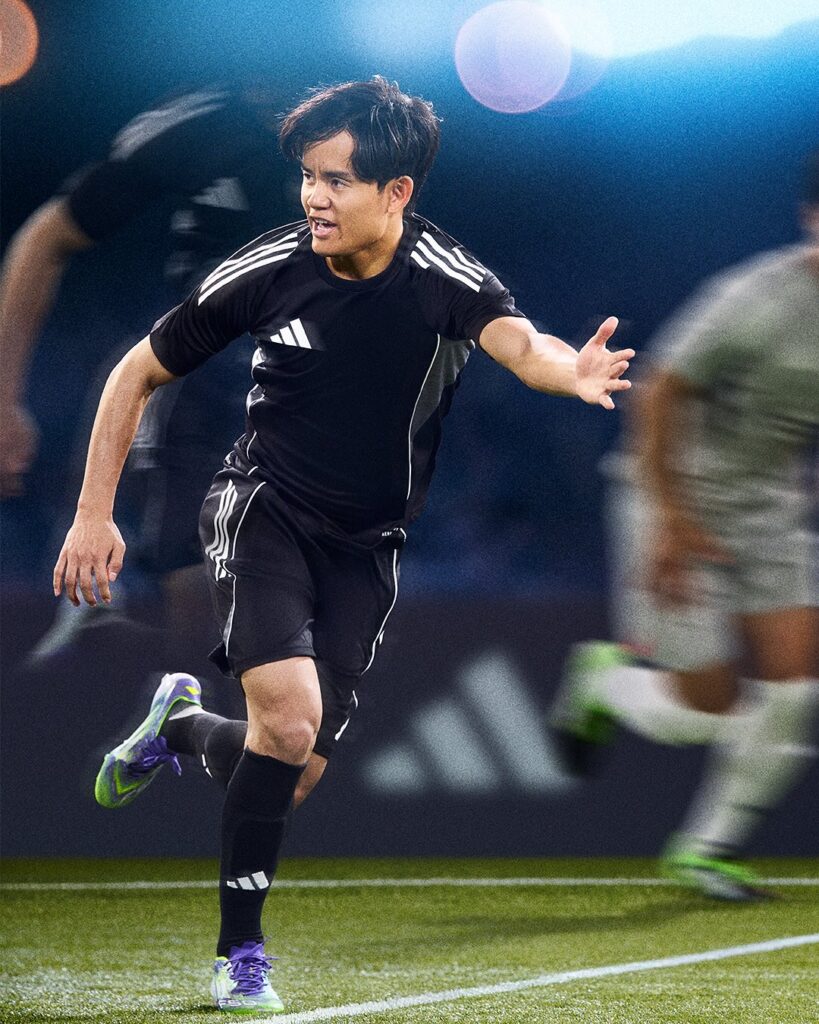
His leadership, maturity, and consistency have made him a national icon.
2. A Symbol of Asian Football’s Rise
Kubo is more than a player—he’s a trailblazer. He represents:
- The globalization of talent
- The rising quality of Asian football
- The possibility of Asian players thriving at Europe’s elite clubs
He’s inspired a new generation across Japan, South Korea, Thailand, and beyond to dream of playing in La Liga or the Premier League.
Related: Manuel Neuer Then and Now
Personal Life and Off-Field Influence
Kubo is known for his calm demeanor, humility, and professionalism. He speaks fluent Japanese, Spanish, and basic English, allowing him to integrate seamlessly in Madrid. He often visits schools in Japan, promoting youth football and education.
He is in a long-term relationship with a Japanese partner and maintains a low-key lifestyle, focusing on football and family.
Commercial Impact:
- Global ambassador for Adidas, featuring in campaigns across Asia and Europe
- Face of Konami’s eFootball and EA Sports FC in Japan
- One of the most marketable athletes in Asia, with endorsements from Sony, Toyota, and Uniqlo
Cultural Impact and Legacy (In 2025)
By 2025, Takefusa Kubo has transcended sport:
- First Japanese player to start regularly for Real Madrid
- Most capped Japanese player in UEFA Champions League history
- Symbol of cross-cultural success in European football
He’s dismantled stereotypes about Asian players lacking physicality or tactical adaptability. His success has prompted more investment in Japanese youth academies and greater scouting of Asian talent by European clubs.
Media outlets like BBC, The Guardian, and ESPN now refer to him simply as “Kubo”—no longer the “Japanese Messi,” but a player with his own identity and legacy.
Related: Alisson Becker Then and Now
Conclusion: Takefusa Kubo – Then and Now in 2025
- Then: A 9-year-old boy training at La Masia, dreaming of greatness, labeled a prodigy before he’d played a senior game.
- Now: A Real Madrid starter, Ballon d’Or contender, Japan’s captain-in-waiting, and global ambassador for Asian football.
Takefusa Kubo’s journey is a story of patience, perseverance, and belief. He didn’t rush success—he earned it, one loan, one dribble, one goal at a time.
As he enters his prime in 2025, one thing is clear:
Takefusa Kubo isn’t just fulfilling a dream.
He’s creating a new future—for himself, for Japan, and for football in Asia.
⚽ “I don’t want to be compared to anyone. I want to be the first Takefusa Kubo.” – Takefusa Kubo
Related: Ederson Then and Now

